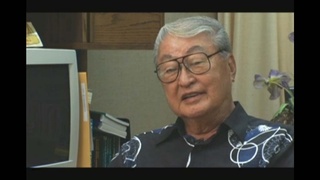Interviews
Developing the tray used in determining HLA types for tissue typing
The tray itself, the plastic, is made by many companies today because the university did not patent it. And so, it’s free for anybody to make. Now, what goes inside that tray, the reagents, this is the important thing. In other words, what kind of reagent do you put inside for determining the HLA1 types.
And when we started to sell our trays, the NIH, National Institutes of Health, continued to the program that they shut down at UCLA, “Give me these trays free to other transplant centers.” And after about 5 years of competition, they lost. They quit giving it out because people didn’t want the free trays. And the reason it comes out that way is that what’s in the tray is very important.
And this is the, you might say, the know-how that we had developed at UCLA, that continues on in One Lambda. So, when you say, I don’t know if it’s the gold standard, but at least we try to stay ahead of competition, try to make the best tray possible. And that’s continued on today.
1. HLA is the acronym for human leukocyte antigen, a genetic maker found on cells of the body that determine white blood cell types. The HLA system is used to assess tissue compatibility for organ transplantation and platelet transfusion. There are over ten thousand HLA types.
Date: February 10, 2004
Location: California, US
Interviewer: Gwenn M. Jensen
Contributed by: Watase Media Arts Center, Japanese American National Museum.




